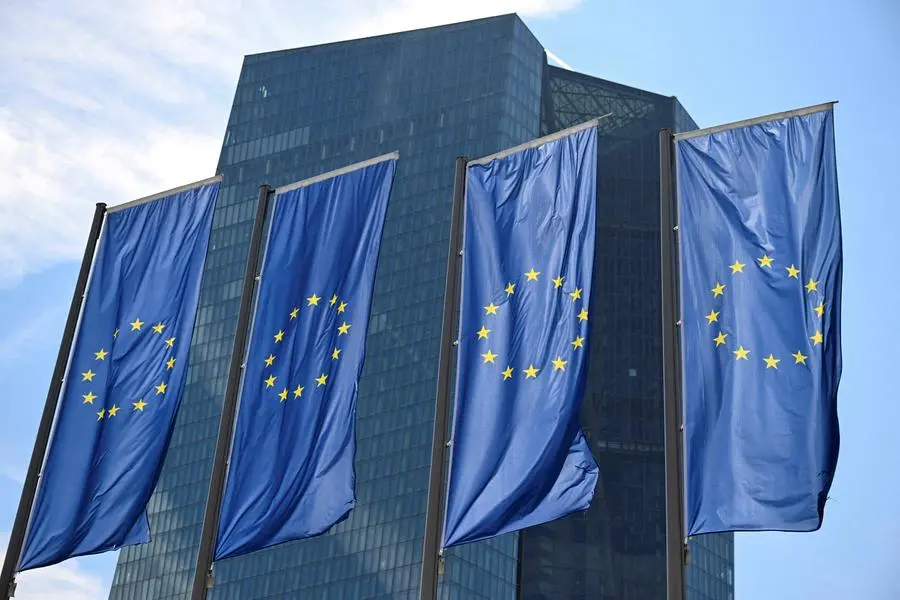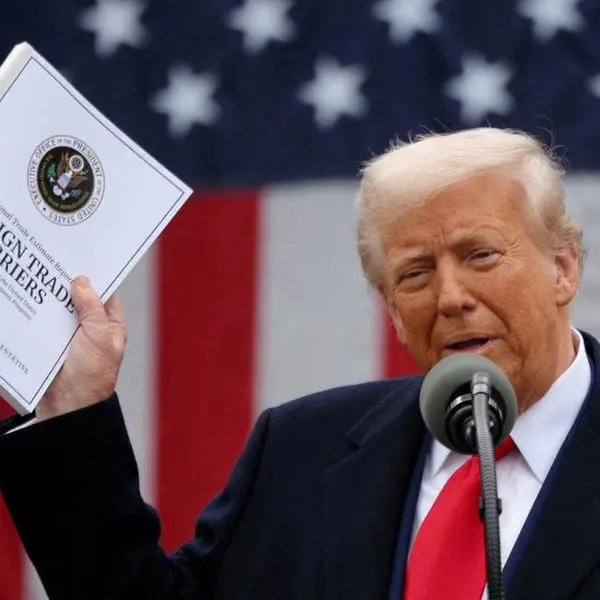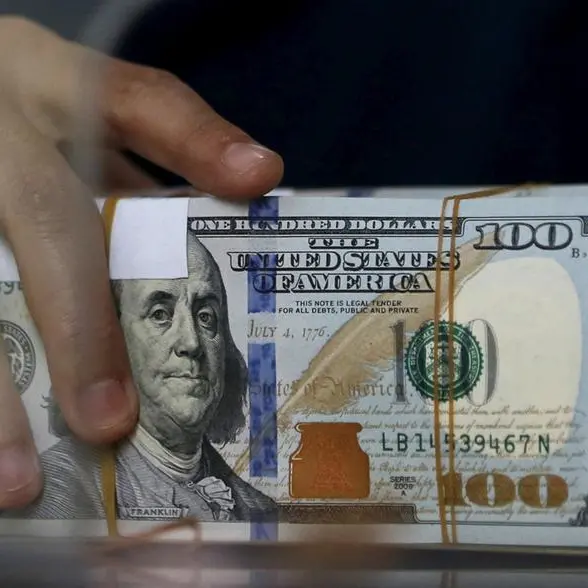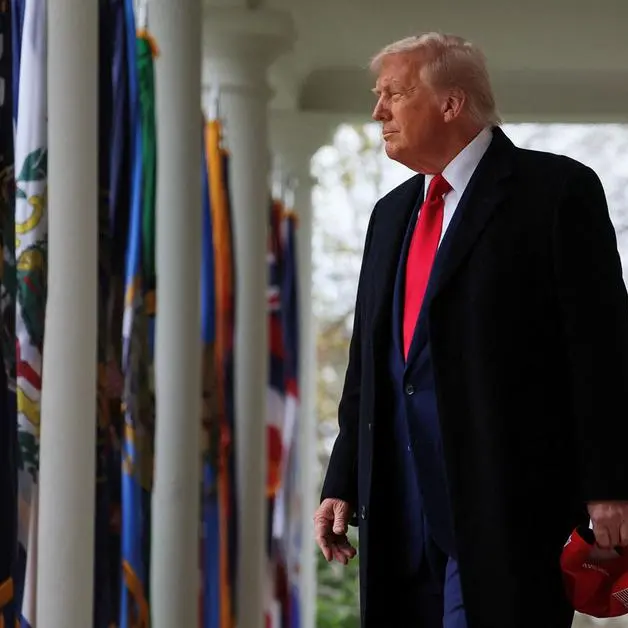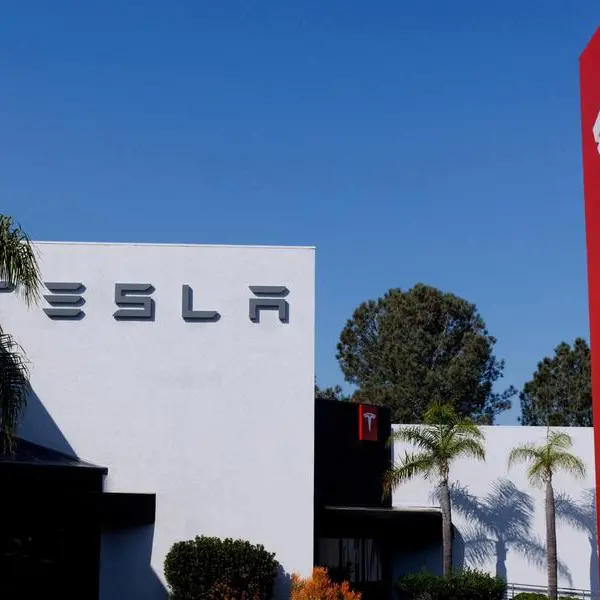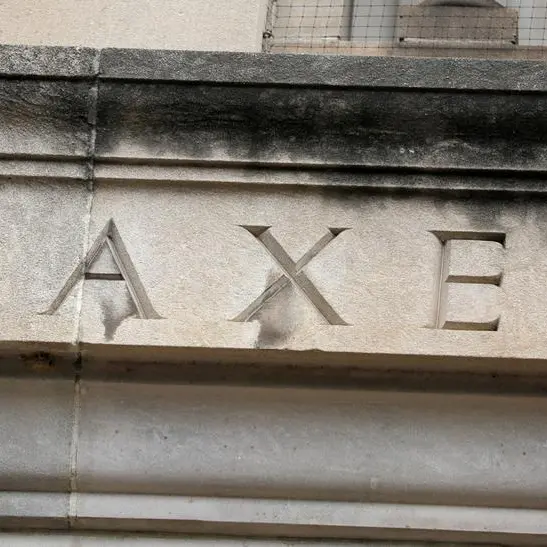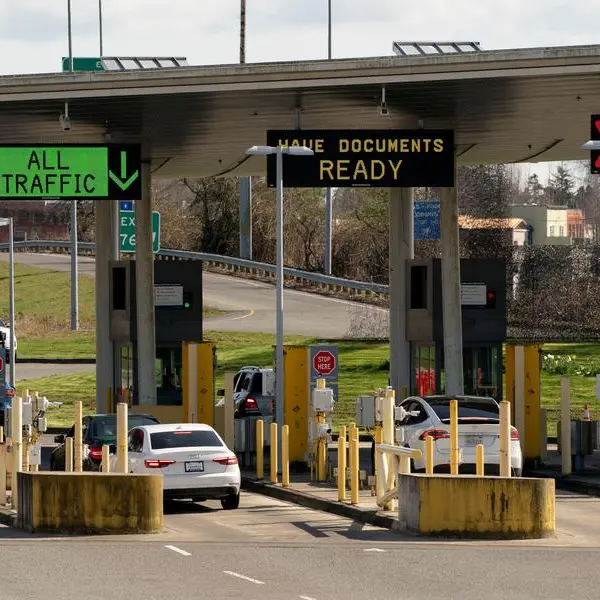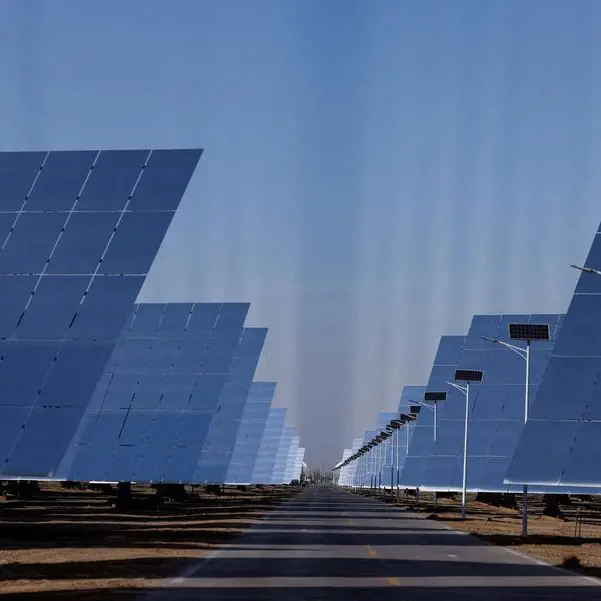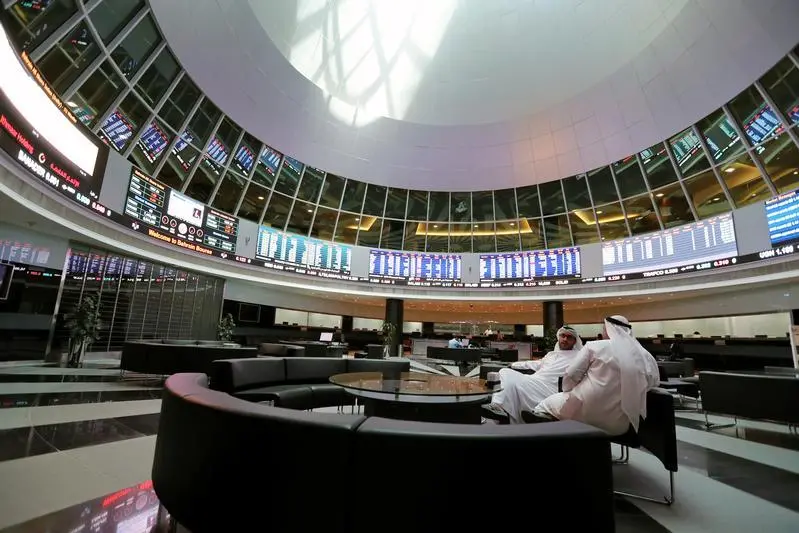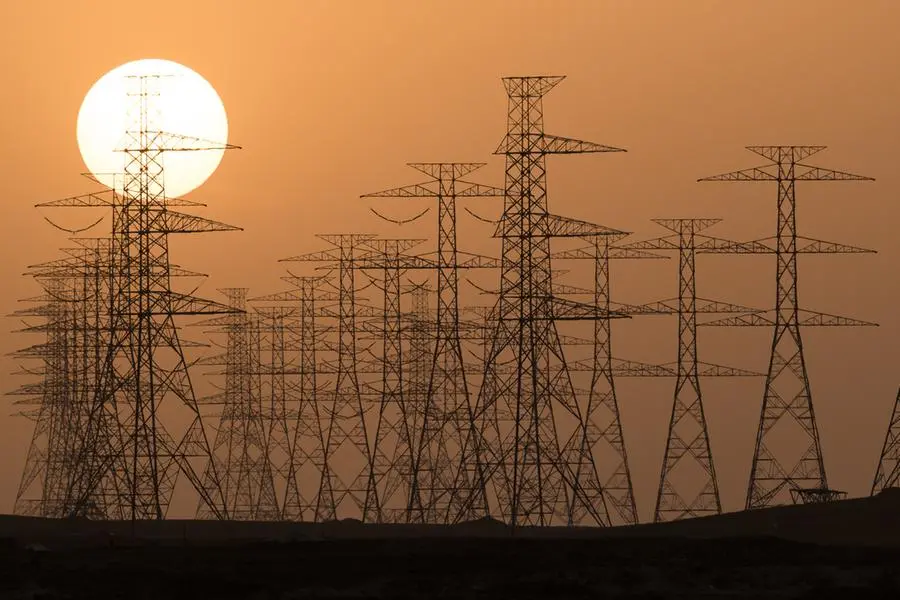PHOTO
FILE PHOTO: EU flags flutter in front of European Central Bank (ECB) headquarters in Frankfurt, Germany July 18, 2024. REUTERS/Jana Rodenbusch/File Photo
LONDON - Few doubt the European Central Bank will cut interest rates again this Thursday - but there are fears in the ECB ranks that easing much further after that may see it inadvertently stumble into stimulative territory before inflation has been licked.
And pity the poor central banker trying to work it out.
Much like its peers around the world, the ECB is due to review policy again and issue a series of long-term forecasts even though it barely knows what the economic or political backdrop will be next month.
Uncertainty about potential U.S. tariffs, the identity of the new German government, the fate of Ukraine and a likely new public spending boost to re-arm the continent are all fogging up ECB eyeglasses considerably.
As it would probably admit itself, staff forecasts at this juncture are little more than a finger in the wind.
Further complicating things is the fact that several critical macroeconomic inputs used to assess the ECB's inflation outlook have been swinging back and forth wildly this year.
Take European natural gas prices.
From the middle of January, they rocketed about 30% higher, only to reverse all that by the middle of last month.
As Rabobank economists note, the ECB likely sealed its new macroeconomic projections when gas prices were at a peak in the middle of February - embedding gains of some 140% year-on-year as opposed to 85% now.
R-STAR WARS
The macro mist simply forces the central bank to seek other lodestars to guide its policy deliberations, and hence its recent obsession with the much-maligned and nebulous 'neutral' interest rate concept.
So-called R*, the interest rate present when an economy is at full employment with stable inflation, is highly dependent on model assumptions and impossible to identify in real time. But this theoretical figure at least offers policymakers some idea of whether existing policy is restrictive or stimulative.
There's little doubt among ECB members that current rates are now above that neutral rate and still 'restrictive', which is why there is likely to be agreement on another cut this week.
But the hawks among them may make a stout defense for more caution from April onwards, pointing to the slipperiness of R*.
Helpful or not, ECB economists last month took another stab at capturing this elusive beast and put the policy rate associated with the real R* in a 1.75%-2.25% range.
The centrepoint of that is roughly where most policymakers had assumed R* to be. But the range is quite important for financial markets, as the two ends of the range represent the difference between four more cuts or just two from today's 2.75% deposit rate.
ECB board hawk Isabel Schnabel's typically detailed and data-packed speech in London last week laid out a case for being wary of excessive easing due to the elusiveness of the enigmatic R*.
The gist of her talk was that incoming lending data had cast doubt on how tight ECB policy actually is, meaning continual easing to address structural GDP weakness may be misguided.
And she concluded that uncertainty about just how high R* had risen of late meant there was a risk that the central bank would unintentionally lapse into stimulative monetary policy.
"The fact that growth remains subdued cannot and should not be taken as evidence that policy is restrictive."
Even though Schnabel believes R* is still below levels seen before the banking crash 17 years ago, she said it had increased "appreciably" since before the pandemic and again since the 2022 Ukraine invasion - perhaps more than market prices suggest.
That, she said, was related to geopolitical supply shocks, rising public debt and withdrawal of central banks from bond markets as they reduced their balance sheets.
If she's right, then the ECB may need to tread very carefully after this next cut. Especially if she's right that higher public debt is a significant factor in the R* debate, as there's little doubt that's about to ratchet higher if Europe truly does re-arm.
The doves will fight back, of course, but the central banking battle lines are being drawn.
The opinions expressed here are those of the author, a columnist for Reuters
(by Mike Dolan; Editing by Anna Szymanski and Toby Chopra)
